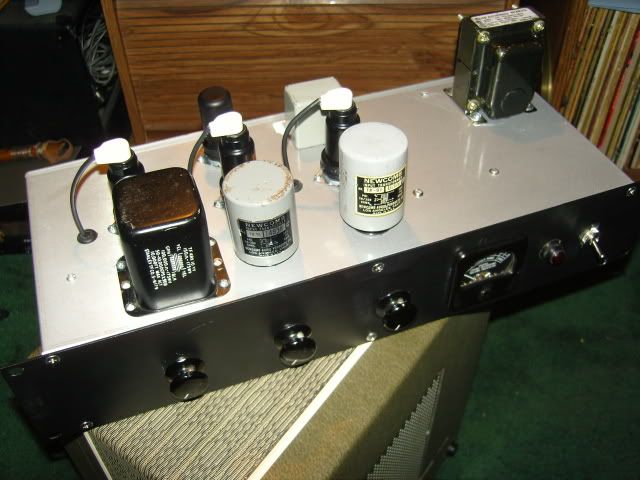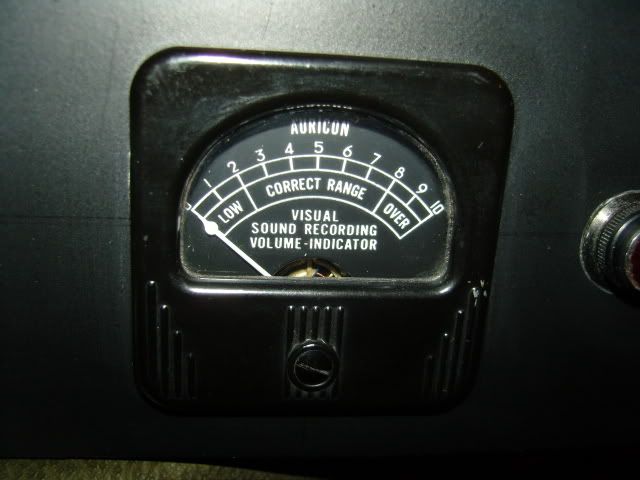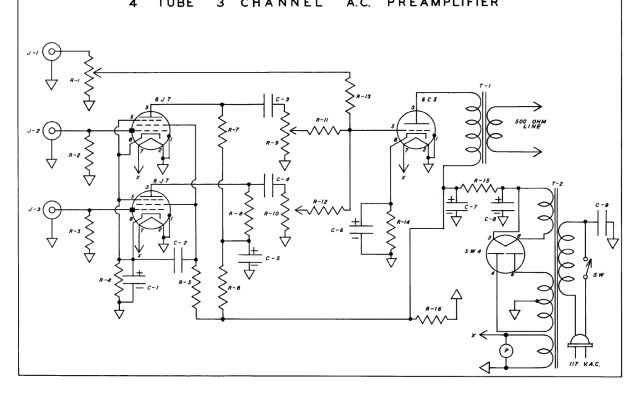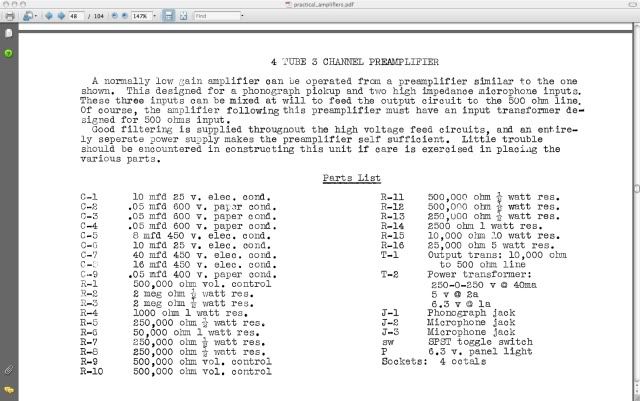dspruill
Well-known member
This is a little tube mixer I put together over the holiday. I built it from a schematic I found on the web. It was originally for 2 high impedance mics and a "phono" input. Through much trial and error because of my noobness I altered it so I could use some input transformers I had. So It now has 3 high z inputs and 3 low z inputs. I really like the sound, definitely has some raw low- fi character. Funky meter is from a Auricon sound film recorder thingy.
David


David












![Electronics Soldering Iron Kit, [Upgraded] Soldering Iron 110V 90W LCD Digital Portable Soldering Kit 180-480℃(356-896℉), Welding Tool with ON/OFF Switch, Auto-sleep, Thermostatic Design](https://m.media-amazon.com/images/I/41gRDnlyfJS._SL500_.jpg)























